Starting a business is hard but understanding how to find your niche is harder. When you’re working for yourself, you have to manage the planning, the pitching, the promotion, the rejection, and the actual logistics of running a real business. And after that, you still have to make a profit.
If you’re reading this, you’ve probably decided the benefits of working for yourself outweigh the risk—and risk can be motivating. But before you dive headfirst into online business, you need a good idea. Not just an idea that makes sense in the market—an idea that takes advantage of your unique skills and gets you excited about working on it, because you’re going to be working on it a lot.
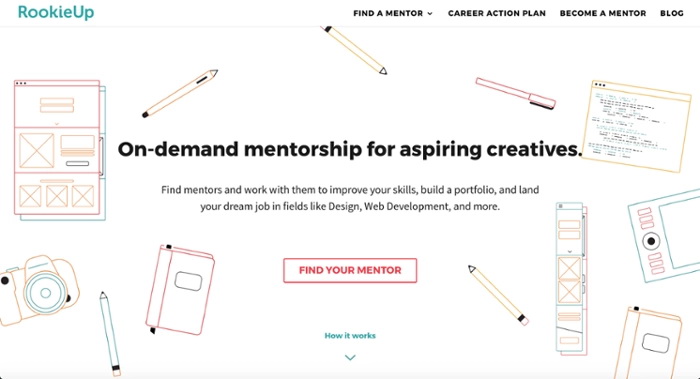
To help you come up with a valid business idea and choose your market niche, I chatted with business coach Claudia Mayer, who runs Coaching by Claudia. Together, we honed in on a few simple exercises that can help you choose a niche and craft your brand based on your strengths.

What is a niche in business?
A niche refers to a specific segment of a larger market. For example, a market or industry might be office chairs. A niche that goes deeper into the market or industry might be feminine, ergonomic office chairs for minimalist spaces.
Finding a niche helps to target a very specific audience with your products or services. In an information business, you could create an online course that teaches people how to start their own business. Or, you could create an online course that teaches yoga enthusiasts how to start their own yoga studio.
The latter option is more appealing to that specific subset of people because it shows you have experience with that exact type of business—rather than spewing information about starting a business in general that can’t dive too deep into specifics if you’re trying to target everyone.
What are the benefits of finding your niche?
Finding a niche for your online business is beneficial for a number of reasons. Let’s dig into a few of the top ones so you can see why niching down can be so important for your business’s success.
Lower the competition
If you focus on a much more targeted product or service, the number of competitors who do the exact same thing as you are going to vastly decrease. Think about the number of businesses that sell clothes. Now think about how many focus on athleisure wear for women. It’s gone down tremendously, decreasing the number of direct competitors.
Better target your audience
Let’s go back to our online course example. If someone is looking to start their own yoga studio, which is going to be a more compelling course:
- How to start your own business
- How to launch your own yoga studio in 30 days
The latter, of course. Not only does it offer a timeline, but it’s focusing on the specific area that the course taker is more interested in. This helps you better target your niche audience and increase the chances that someone from that audience is going to be interested in what you have to offer.
Prove your expertise
When building a niche, you’re showcasing how well you know your specific topic. Which, if you’re niching down properly, should be quite a bit. Focusing on a niche that you’re well versed in and passionate about helps your expertise to shine. This makes your customers more interested in buying from you and it also helps you to gain credibility in your niche.
Decrease marketing costs
Because you’ve found a specific niche with a specific target audience, it tends to get easier to create marketing content and messaging that resonates with your customer base. This can decrease your overall marketing costs, making it cheaper and easier to organically connect with your target market.
Raise your prices
And lastly, when you niche down in an area you know well, you have the ability to charge more premium prices. You know your niche like the back of your hand. This expertise is a great USP (unique selling point). People will pay for that knowledge and that product mix.
How to find your niche
Step 1: Review your skills and strengths
The first piece of the puzzle is pretty simple: figure out your strengths and detail the ways you’ve been most helpful to others over the course of your career. For this section, take out a pen and piece of paper and jot down a list for each of the following categories.
(After that, we’ll review the list, asking a few high-level questions that should help you pull out the things that are your most unique core competencies.)
Write down:
- Every industry you’ve worked in, as well as the jobs or roles you’ve had for the past decade
- The main roles and responsibilities you’ve had in these jobs: What did you spend the most time doing?
- The primary hard skills you’ve built up throughout your career: What are you an indisputable expert in? This could be software like Photoshop or Excel, or more conceptual fields like Business Strategy or User Experience
- The types of customers you’ve helped throughout your career: Did you primarily help businesses or individuals?
- The primary benefits that you’ve delivered to these customers: What was the main deliverable your customers or clients walked away with at the end of the day?
- What successes have you had? Be specific: state relevant tangible numbers. What are your success stories? What were your main clients’ positions before working with you and how was their situation improved after working with you?
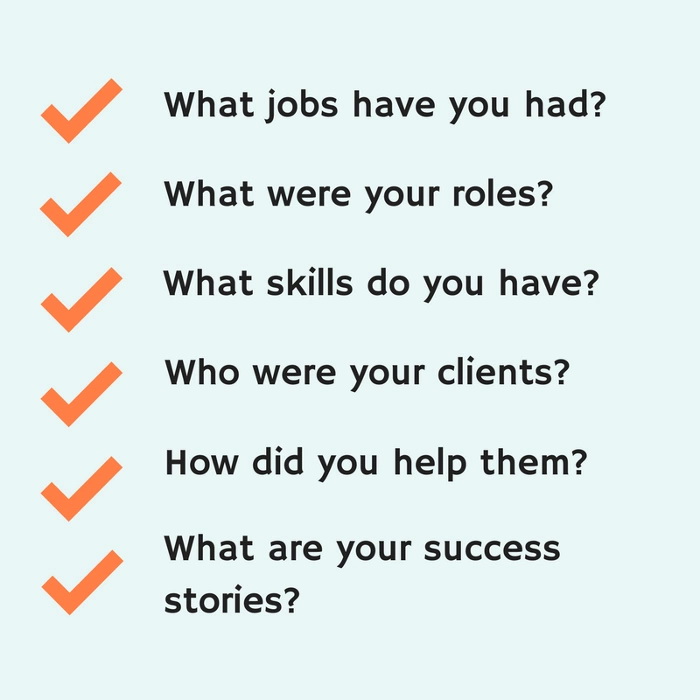
From this list, you should be able to see common threads and start narrowing your experience into a short list of the things that you not only love doing but are also the best at. This will be instrumental in finding a niche that’s right for you.
From there, Claudia suggests going one step deeper: “In my group workshops, I go one step beyond this question by asking participants about one or two ‘peak experiences’—which are moments in their (professional or private) life where they felt very proud as a result of their achievement.”
Now that you have a condensed list of your strengths and past client successes, we can start talking about how to match your strengths to your life goals. This will help you identify a niche market you’ll be excited about in the long run!
Step 2: Clarify a few overall life goals and ambitions
Your personal life goals will dictate the type of business you decide to start and can help ramp up your personal branding. Are you interested in creating a passive revenue stream so you can spend more time with your family, or do you just want to be independent, regardless of what form that takes?
The goals driving your decision should be front and center as you brainstorm business ideas and business models. Once you clarify how you want to work, figuring out the type of business you want to start will be much easier.
First, get away from distractions for a few minutes and imagine your ideal life situation. What do you value most? What is most important to you? A few guiding questions:
- How much time do you want to spend with your family or partner, with friends, or on hobbies?
- What role does money play in your life? What is your estimated net income you’d need to achieve your ideal lifestyle?
- Do you want to work alone or start collaborating with other professionals who have complementary skills and/or networks?
- Do you like working on projects that require you to constantly work with potential customers or would you prefer to create your own products or services that you can sell from home, without having to worry about client deadlines or deliverables?
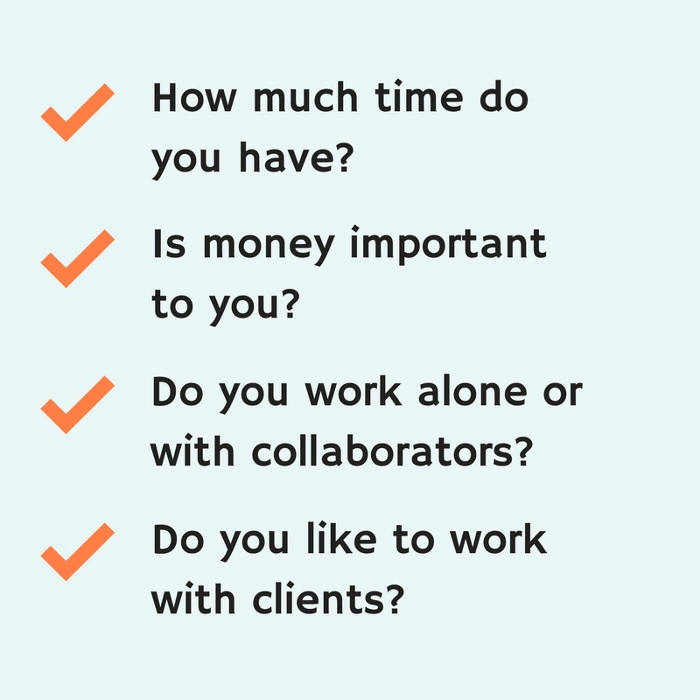
For reference, let’s look at Pieter Moorman, the founder of Growthcasts, a series of online marketing courses and resources. Pieter knew that he wanted to work independently and on his own schedule (he currently lives in Bali). He built a business that generates a passive income stream so he can work just a few months a year and spend the rest of his time traveling and working on other personal projects that bring him happiness.
Step 3: Pinpoint where your skills, life goals, and passions intersect
Now that you’ve mapped out your skills and some life ambitions, it’s time for the final piece of the puzzle: uncovering your passion. And if you’re not sure what you’re passionate about, don’t worry. Instead, think about what things make you curious to learn more.
This could intersect with your previous work experience, but it could also look like a complete departure. Write down a list of 10 things that fill you with excitement or get you itching to ask more questions. These could be industries (virtual reality, social impact work, etc.), skills (teaching others, helping businesses become successful, etc.), or anything else in between.
Claudia uses the Japanese concept called ‘Ikigai’ when chatting with future business owners who are finding a niche. Ikigai refers to your “reason for being” and falls at the intersection of your passion, your mission, your profession, and your vocation.
You’ve probably heard the phrase “do something you love and the money will follow”, and there’s a reason for that. People who focus on things they’re passionate about (especially when they combine that with their professional skillsets) never “work” a day in their lives. Adding market need and purchase power into the equation (we’ll cover that later on in Step 6) will help you focus on building a business niche with the necessary income streams, instead of framing it as a hobby-like side hustle.
If you’ve been following along, you should have a substantial list of your skills, your values, and your passions. From there, a few possible business ideas may be emerging. If not, don’t worry—the next few sections should be enough to get you churning out ideas and narrowing down your options.
Step 4: Identify your niche market and your target audience
Before we jump into the actual type of business you should start (service-based, digital product, etc.), let’s spend a moment mapping out your ideal client as well as what unique value you can provide to solve their pain points.
Note: For a more detailed look at what it means to identify your ideal client, check out these posts:
Claudia has a fantastic five question process she uses to help businesses figure out who their client is and why that client should work with them aka market research.
- What is your ideal client profile?
- Who do you love to work with? Businesses? Individuals? Agencies? Startups? Decide on a specific business niche and focus your marketing strategy around appealing to that specific type of customer. You can always expand later, but focusing around the needs of one specific persona is the best way to get started and build a business idea that a group of customers love.
- What makes your ideal client unique?
- What are their goals and ambitions? Their hopes and aspirations? Their challenges and worries? Their problems and needs? Talk to one of your old clients and hear about their specific needs!
- Why do they buy?
- To relieve a pain point? To learn something new? Just for the fun of it?
- For which needs do you have the ideal solution?
- This is where you can pair your specific skillsets with the specific needs and pain points of your customers.
- What results do your clients get from you?
- This relates to the benefits and success stories we spoke about before.
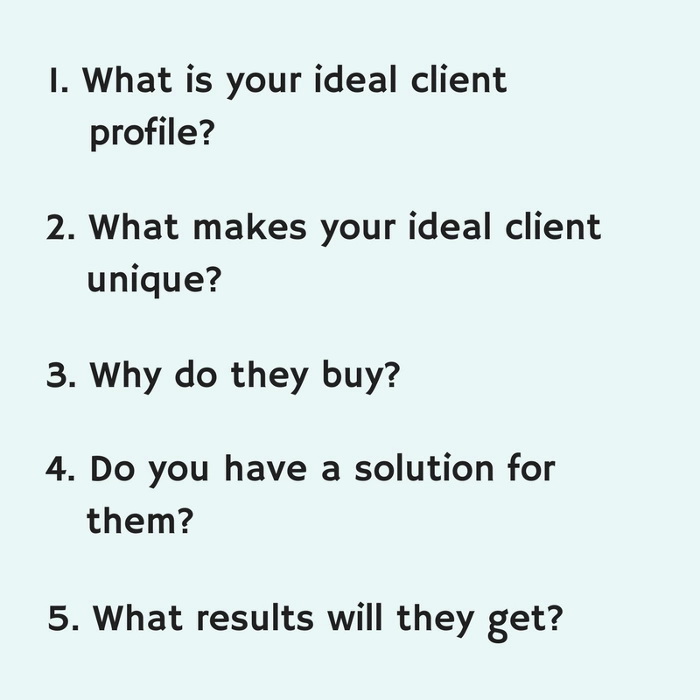
Nathan Lively is a Teachable instructor and the founder of Sound Design Live, a business that helps people succeed in the audio industry. Nathan spent over a decade in the audio engineering field before deciding to start his own venture. Looking at his skills and the major problems he had worked hard to overcome throughout his career, he realized he could deliver significant value by focusing specifically on people trying to build careers in the audio industry (a field in which he had deep expertise). By helping people in a niche that he himself had years of experience in, he was able to build a clear client profile and solve for a very specific need.
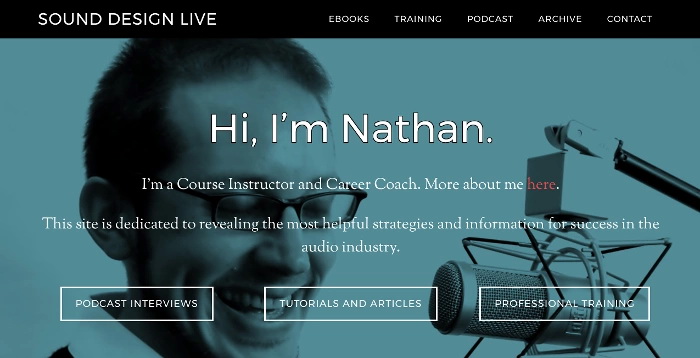
After identifying your ideal customer and figuring out how you can help them, you’ll be ready to figure out how you actually want to deliver your product or services to customers.
Step 5: Choose a business type
As I mentioned earlier, there are many types of online businesses that you can start, regardless of whether you know a line of code or have spent a minute learning design.
A few profitable business models:

Physical products
If your experience or passion lies on the tactical side of things, starting a business where you sell physical products might be right up your alley.
- See what products people create on Etsy and Amazon to get an idea for the huge variety of options in the e-commerce space.
- Similarly, you can attend local handmade markets or events and ask vendors which products are most popular. Events like Renegade Craft Fair are held in various locations in the US and UK and are a great place to start your market research.
Digital products
Digital products (such as online courses) are a quickly growing area of the e-commerce and creator world—and for good reason. Once you create them, they continue to earn you income with very little additional effort on your part. And each time someone purchases your product, your production cost will be next to nothing.
- Digital downloads: If you want to build a business based on your existing industry or professional expertise, you might want to consider creating downloadable products. These come in many forms but here are a few common examples:
- E-books, workbooks, guidebooks, and tutorials are a great way to earn income while sharing your professional knowledge. Amazon lets you self-publish books easily and gain access to millions of readers instantly.
- If you have a creative background, you should search marketplaces like Creative Market to see the options available to you if you want to create digital assets that you can sell to other aspiring designers. A few popular products are design textures or packs of Photoshop assets.
- Services: If you enjoy working with clients and want to build an independent career where you sell your time and expertise, you might want to consider a service-based business.
- B2B Consulting services – business consulting, strategy consulting, design consulting, etc.
- B2C Coaching services – life coaching, career coaching, startup coaching, etc.
- Freelance services (doing actual project-based work for clients, like building websites or offering in-person yoga training).
- Online course: You’re reading this post on Teachable’s blog so there’s a good chance you’re well aware of the quickly growing world of online courses.
- Online courses might be perfect for you if you enjoy sharing your knowledge on camera or online and want to teach others in a more personalized way than selling e-books.
- Successful online courses involve the creation of a series of structured lessons about a fairly specific topic. As students follow along, they often interact with you and each other via message boards and private community groups.
Dustin Lee is a designer who founded Retro Supply Co, a business focused on providing resources, textures, and tools for people working in Photoshop and Illustrator. He started the business by finding some mid-20th-century packaging in his grandmother’s house, and slowly built the business around the concept of providing beautiful retro-themed Photoshop assets and texture packs for other designers. Inspiration can come from anywhere, so always be on the lookout for ideas for your business.
Step 6: Identify the market demand
By now you should have a great list of potential unsaturated niche areas to target, as well as ideas for the ways you can actually implement those ideas into tangible online businesses. However, you might still be curious whether there’s any demand for your services. You also might not yet be totally convinced that you’ve really nailed down the things about your future business that differentiate you from the rest of the market.
Here are a few more tips for identifying market demand and figuring out what gaps exist in your niche:
- Look at reviews of existing products and courses. See what past customers are complaining about or wishing was featured in that product
- Use Google Trends and Google’s keyword planner to see the competitiveness of the top products you’re considering
- Set up Google alerts for relevant keywords to observe the market, learn about competitors, and share relevant content with your audience.
- Search for keywords related to your topic to see what your future competitors are promoting most heavily. Pay attention to keywords with a higher search volume—those are more popular.
- Find relevant social media groups (like on LinkedIn or Facebook) used by your ideal customers, and see which challenges they face, which questions they ask, and which type of content/solutions they look for so you can test your idea
- Attend local business networking events and speak to attendees about their current business challenges stopping them from achieving their goals, their most common objections
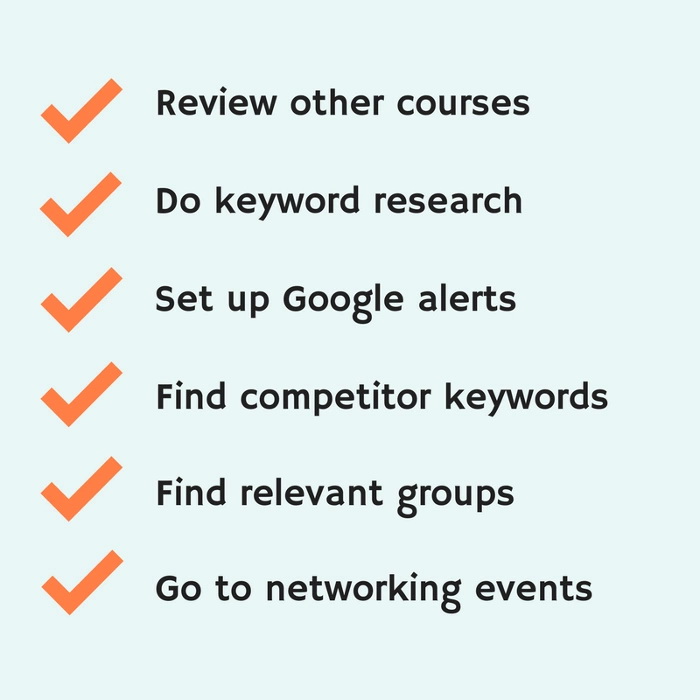
Step 7: Craft your unique brand
Now that you’ve learned how to find your niche, the hard part is done. We’re ready to move on to something that’s a bit more exciting: creating your unique brand and identity. You should already have a pretty good idea of how you can differentiate yourself from the competition and offer something to clients that nobody else can, but we’ll share a few extra tips.
Simon Sinek is an author, motivational speaker, and marketing consultant who pioneered the well-known “Start with why” concept: ‘People buy not what you do, but why you do it’. Claudia uses this to help every client identify their unique niche. “It helps to differentiate between what someone does (for instance, graphic design and illustration), which is very comparable to others.
The second circle refers to how someone works (work style, approach), which is a bit more specialized. (For instance, a graphic designer/illustrator who uses sketching to explain a concept in a visual way).
The third circle refers to why someone works (key values, beliefs, ambitions, motivations), which is unique and helps you connect with people (for instance, the visual concept graphic designer/illustrator who uses humor and jokes to make communication campaigns outstanding and memorable). To learn more, watch Sinek’s renown TED talk How great leaders inspire action.
Once you’ve identified the “why” (which you probably already did earlier), define your engaging pitch. Having an engaging, inviting pitch will help ensure you have clarity of mind whenever you have a conversation with a potential customer. Claudia has a specific formula she uses to help people craft their pitch. Try these two depending on what your offering is:
1. “I help/teach ________ (ideal client) to ________ (feature) so they can _________ (benefit).”
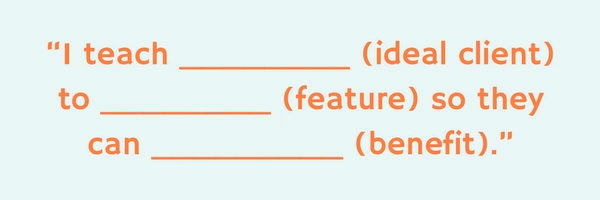
2. I help ______ (segment) do _______ (benefit), even if _______ (most common objection).

According to Claudia, “This is a continuous process, as engagement with clients in the online and offline world will lead to revisions of this pitch. Early validation with real clients is the proven way to success, yet it’s a trial and error journey. Once you connect and work with your ideal client and get to the point where you’re offering a unique product or service, you will feel the right connection. So, don’t forget to listen to your intuition!”
By now, you should have a more refined idea of the type of business you want to start. Starting my own business has been such a rewarding experience particularly because I spent time thinking about the market demand (a need for flexible online mentorship), my own passions (teaching others and connecting people), and my own life goals (being independent and building a product that’s truly valuable to people). This made choosing my niche easy and helped ensure the success of my business.
Niche examples
Not sure what niching down might look like for you? Let’s dig into a few examples of potential niches so you can get an idea of what might work best for your small business.
Yoga
Yoga itself is already a niche from the overall fitness industry. However, there are so many ways you can take the yoga niche. One Teachable instructor, Rachel Jesien, has created a number of online courses that niche yoga down even more.
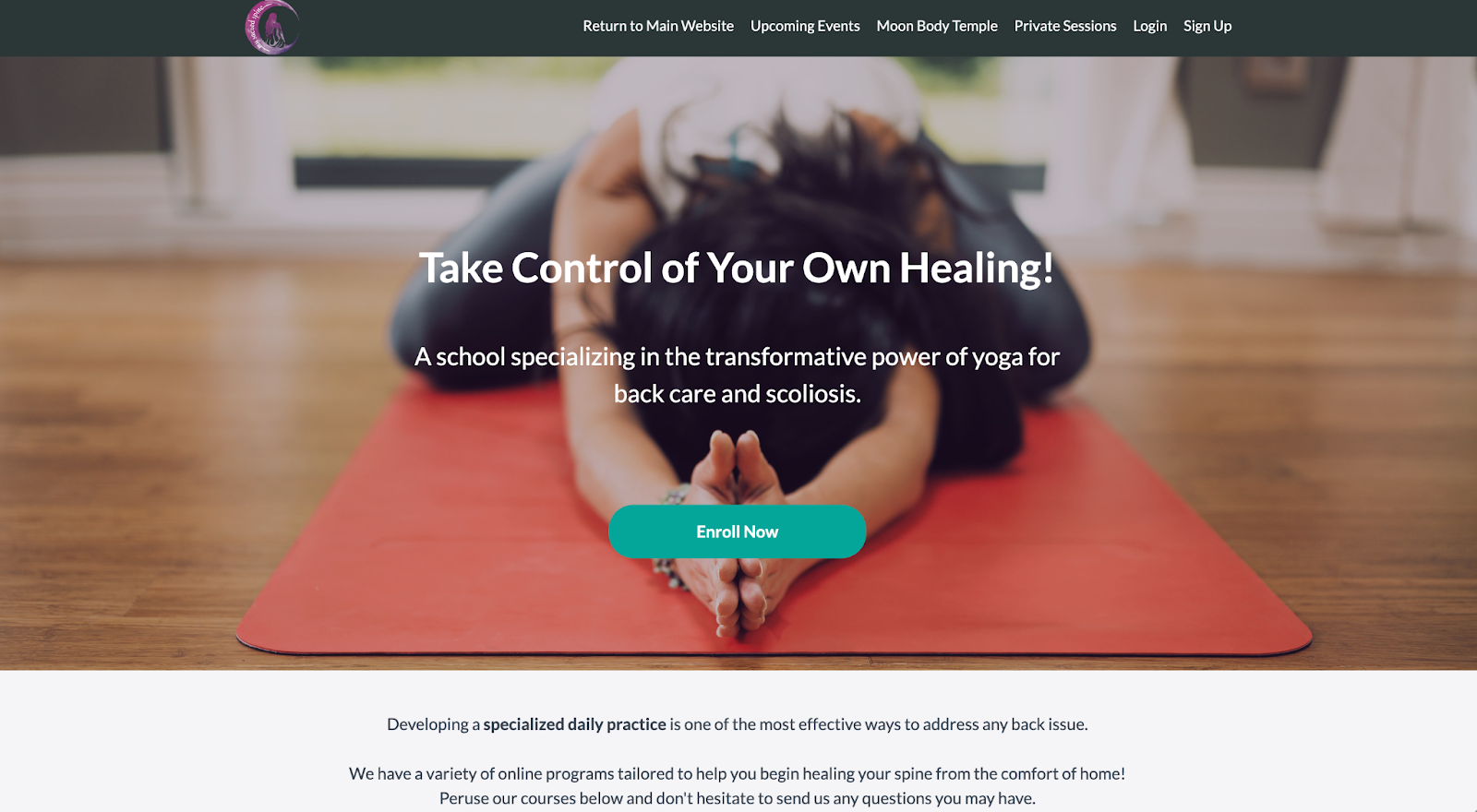
Her courses all focus on how yoga can be used for back care and scoliosis. This hyper-specific niche lets her customers know that she has the expertise to help them with the back pain they’re dealing with.
Self-publishing
Self-publishing is another niche when it comes to writing and publishing novels. Other niches would include the novel writing process or traditional publishing. But Teachable instructor Mark Dawson has created several online courses surrounding how to self-publish novels and how to promote your self-published novels.

Painting
Painting is a niche of the art market/industry. But there are ways to niche painting down even more. In this example, we see Teachable instructor Angela Fehr has created an online course that focuses on teaching watercolor painting to her students.
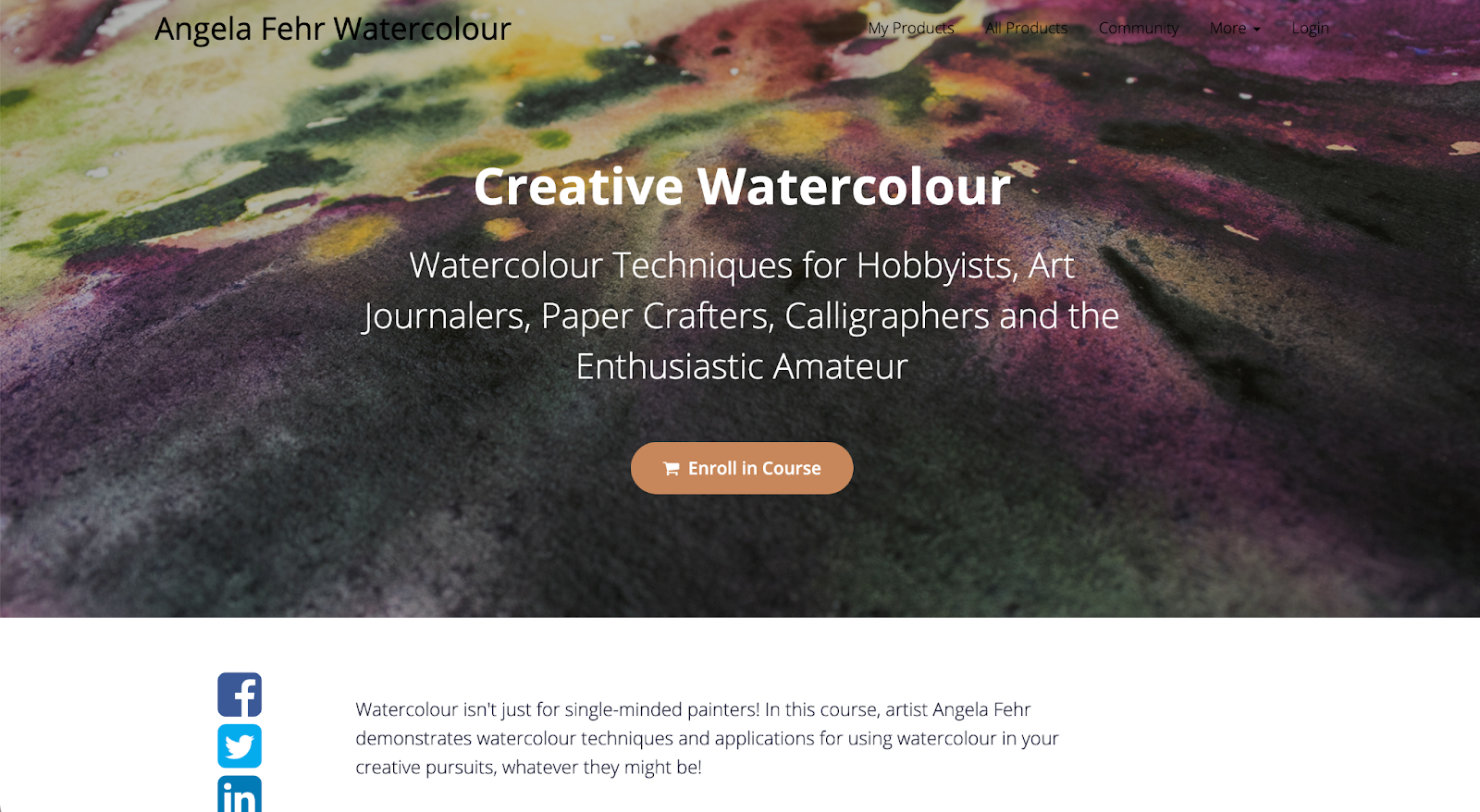
Baking
Baking is another market that has a lot of possible niches. In this example, Teachable instructor Darlene Abarquez has created several online courses that teach students how to bake and decorate cakes.
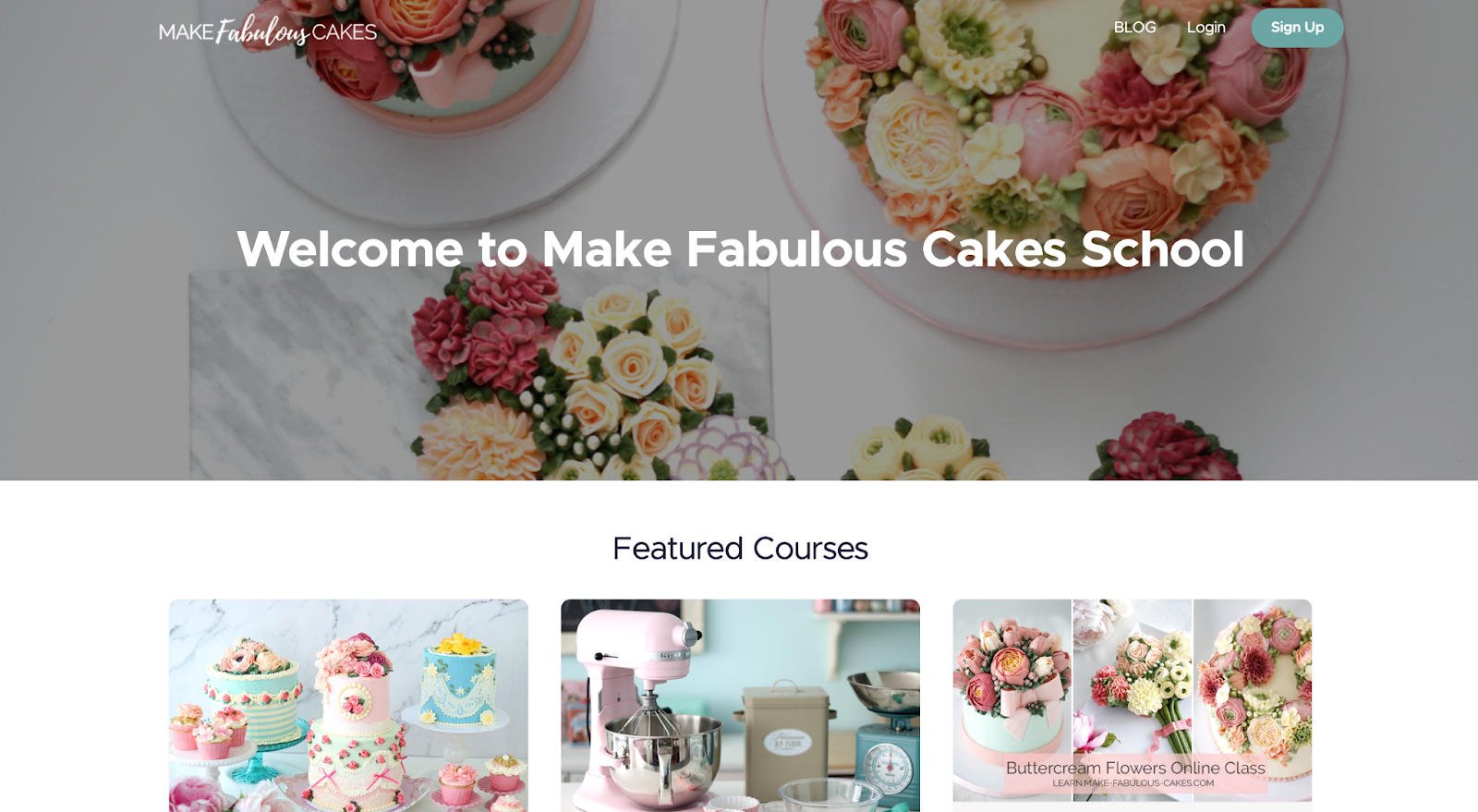
Other niches in the baking industry include cookies and cookie decorating, chocolate making, cupcake baking, and so much more.
Music
Music is another big industry that has several niches. Common ones might be piano playing, music production, guitar lessons, and the like. But Teachable instructor Tomlin Leckie had a different skillset he wanted to share—harmonica.

This online course teaches students the basics of harmonica as well as how they can become more proficient players.
FAQs:
1. What is a niche in business?
Despite what you may think, a niche business doesn’t mean you’re the only one who sells a certain product or teaches a certain course. Instead, having a niche business idea or selling an online course in a niche market simply means you are sharing expertise on a specific subject for a specific audience. Quite often you can narrow down your business idea by asking yourself the right questions and taking an idea one step further.
For example, you may know you want to teach baking online—but baking is a broad topic and there are many people who teach baking. But, you can find your niche business by asking yourself questions like: What type of baking am I particularly passionate about? What skills do I have in this area? Who would benefit most from my course? You may eventually narrow your idea down to a course on “Beginner’s guide to baking vegan pastries”. You’ve gone from a broad idea to a hyper-focused, niche business idea.
2. How can I choose my niche?
When learning how to pick a niche for your business or online course, simply follow these seven steps.
- Step 1: Review your skills and strengths to detail the ways you’ve been most helpful to others over the course of your career.
- Step 2: Clarify a few overall life goals and ambitions to drive your business ideas.
- Step 3: Pinpoint where your skills, life goals, and passions intersect. This will make running a business that much more fulfilling!
- Step 4: Identify your niche market and your target customers—knowing who you’re selling to is key here.
- Step 5: Choose a business type: physical products vs. digital products
- Step 6: Identify the market demand through market and audience research
- Step 7: Craft your unique brand. No one can offer your knowledge and perspective quite like you can!
Additional reporting by Chloe West
{{coursecurriculum-component="/blog-shortcodes/blog-popup"}}
Join more than 150,000 creators who use Teachable to make a real impact and earn a real income.


